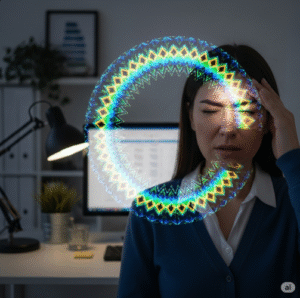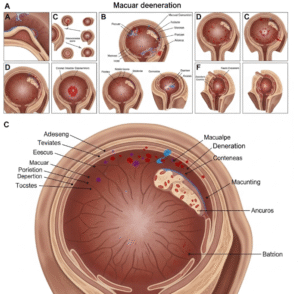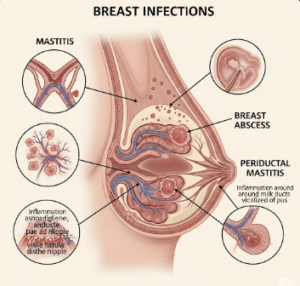Overview
Cheek implants, also known as malar or cheek augmentation implants, are cosmetic surgical procedures designed to enhance the prominence, contour, and symmetry of the cheeks. This procedure can restore facial balance, counteract age-related volume loss, or create a more defined and youthful appearance.
In South Korea, cheek implant procedures are performed in top plastic surgery centers and hospitals renowned for their expertise in facial aesthetics, precision techniques, and natural-looking results. Clinics provide customized implant selection, advanced imaging, and skilled surgical execution to achieve optimal outcomes.
What is Cheek Implant Surgery?
Cheek implant surgery involves placing biocompatible implants over the cheekbones to enhance facial contour.
Key points:
- Implants can be made from silicone, Gore-Tex, or Medpor materials.
- Targets mid-face volume loss, asymmetry, or flat cheekbones.
- Can be combined with other facial procedures such as rhinoplasty or facelift for full facial rejuvenation.
- Typically performed under local anesthesia with sedation or general anesthesia depending on complexity.
Indications for surgery:
- Flat or underdeveloped cheekbones
- Age-related mid-face volume loss
- Facial asymmetry
- Desire for more defined or youthful facial contour
What are the Benefits?
Cheek implants offer both aesthetic and psychological advantages:
✔ Enhanced mid-face contour and symmetry.
✔ Restores youthful appearance by addressing volume loss.
✔ Boosts self-confidence and facial harmony.
✔ Long-lasting, durable results compared to fillers.
✔ Can be combined with other facial procedures for comprehensive rejuvenation.
Procedure Details
1) How should I prepare for Cheek Implant Surgery?
- Medical evaluation: Full health assessment and review of allergies or medications.
- Preoperative counseling: Discussion of expectations, implant type, incision site, and recovery plan.
- Medication adjustments: Avoid blood thinners or anti-inflammatory drugs as instructed.
- Lifestyle preparations: Stop smoking or alcohol to improve healing.
- Imaging: Some surgeons use 3D imaging to plan implant size and placement.
South Korean clinics provide personalized preparation protocols to ensure safety, optimal outcomes, and patient comfort.
2) What happens during Cheek Implant Surgery?
- Surgery is performed under local anesthesia with sedation or general anesthesia.
- Incisions are typically made inside the mouth (intraoral) or under the lower eyelid to minimize visible scarring.
- A pocket is created over the cheekbone, and the custom-selected implant is inserted.
- Implants are secured in place to prevent movement.
- Incisions are closed with dissolvable sutures, and the procedure usually lasts 1–2 hours.
Korean surgeons emphasize precision, symmetry, and natural-looking results, using advanced surgical techniques and high-quality implants.
3) What happens after Cheek Implant Surgery?
- Immediate post-op: Swelling, bruising, and mild discomfort are common; managed with medications and ice packs.
- Diet: Soft foods may be recommended for a few days if incisions are intraoral.
- Activity restrictions: Avoid strenuous activity, facial trauma, or heavy lifting for 1–2 weeks.
- Follow-up: Routine visits monitor healing, implant position, and overall facial symmetry.
- Results: Swelling gradually subsides over 2–4 weeks, revealing improved cheek contour.
Risks / Benefits
Potential Risks:
- ➤ Swelling, bruising, or temporary numbness
- ➤ Infection at incision site
- ➤ Implant displacement or asymmetry
- ➤ Scarring (rare with intraoral approach)
- ➤ Rare allergic reaction or rejection of implant
Major Benefits:
- ✔ Enhanced facial contours and mid-face volume
- ✔ Long-lasting aesthetic improvement
- ✔ Boosted confidence and facial harmony
- ✔ Minimally visible scars with intraoral or eyelid approach
- ✔ High success rate in experienced South Korean clinics
Recovery and Outlook
- First week: Swelling and bruising peak and then gradually improve; pain is manageable with medication.
- 2–4 weeks: Most patients resume normal activities and see significant improvement in facial contour.
- Long-term: Implants provide durable, natural-looking enhancement, often lasting decades.
- Follow-up care: Regular monitoring ensures implant stability and facial symmetry.
South Korean clinics provide structured post-operative care, follow-up imaging if needed, and guidance for optimal long-term results.
When To Call the Doctor
Contact your surgeon immediately if you notice:
- ➤ Severe swelling, persistent pain, or redness
- ➤ Signs of infection, such as pus or fever
- ➤ Implant shifting or noticeable asymmetry
- ➤ Numbness or tingling that worsens instead of improving
- ➤ Allergic reaction to anesthesia or implant materials
Best Korea Option / Process
South Korea is renowned for world-class cheek implant surgery due to:
- Expert facial plastic surgeons specializing in mid-face aesthetics
- Use of high-quality, biocompatible implants
- Minimally invasive approaches with hidden incisions
- Comprehensive pre- and post-operative care
- International patient support, including translators, accommodation, and scheduling
- High success rate with natural-looking, long-lasting results
Top hospitals and clinics for cheek implants in Korea:
- Banobagi Plastic Surgery Clinic
- JK Plastic Surgery Center
- Samsung Medical Center (Cosmetic Surgery Division)
- Asan Medical Center, Seoul













